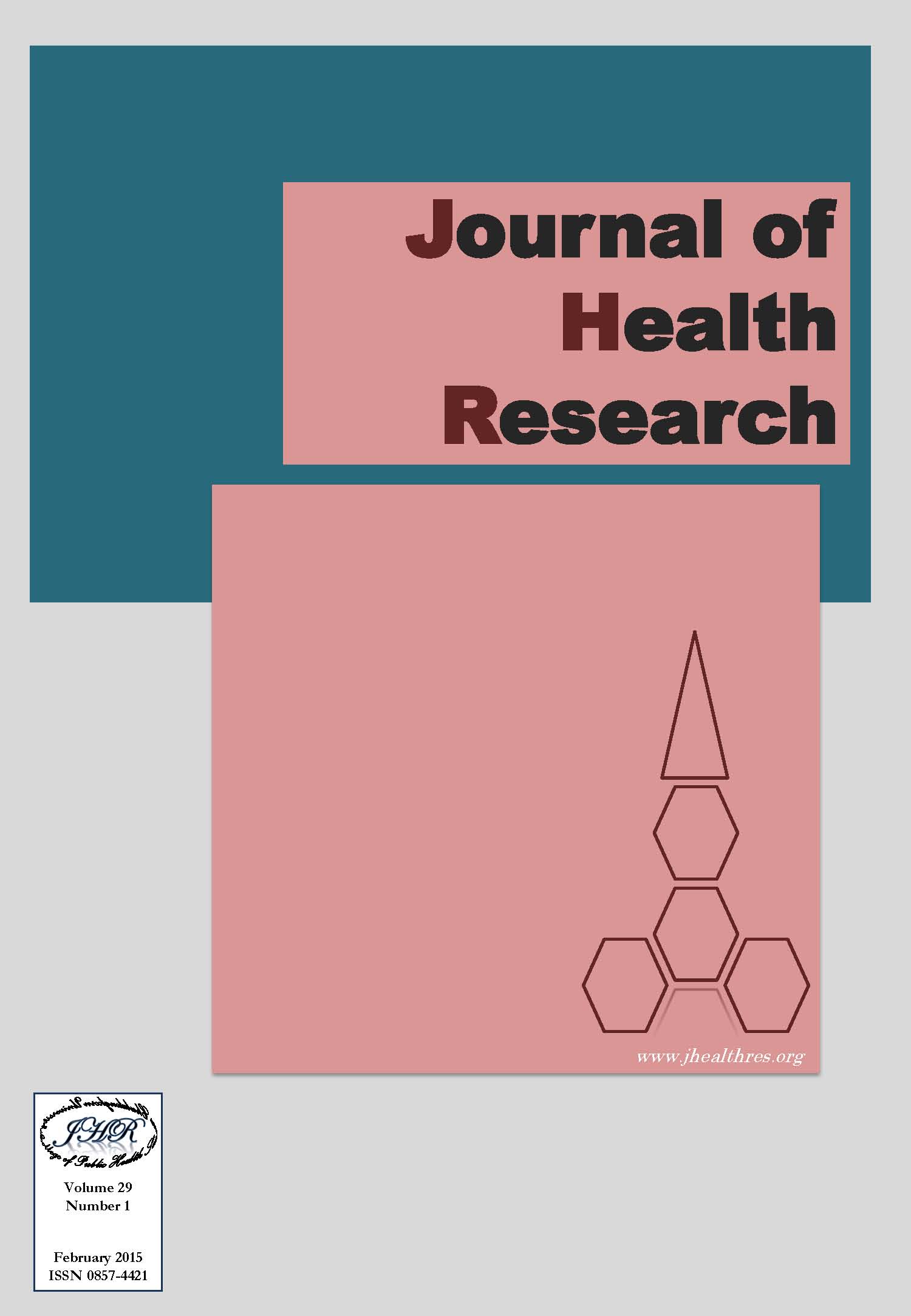Antimalarial and Antihypoglycemic Activities of Shallot (Allium ascalonicum) Extract in Plasmodium berghei Infected Mice
Keywords:
Plasmodium berghei, Antimalarial, Antihypoglycemic, shallot, Allium ascalonicumAbstract
The present study investigated antimalarial and antihypoglycemic activities of aqueous crude extract of shallot (Allium ascalonicum) in Plasmodium berghei infected mice. Groups of ICR mice were treated orally with shallot extract (500, 1000, and 2000 mg/kg) after infection with P. berghei ANKA. Parasitemia and blood glucose levels were determined. At these doses, shallot extract inhibited parasitemia in dose-dependent manner, and could be used as combination treatment with pyrimethamine. In addition, antihypoglycemic activity was observed in dose-dependent fashion in infected mice treated with shallot extracts. In particular, the highest activities of shallot extract were found at dose 2000 mg/kg. These results indicated that aqueous crude extract of shallot has antimalarial and antihypoglycemic activities in P. berghei ANKA infected mice.







